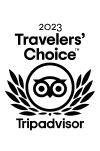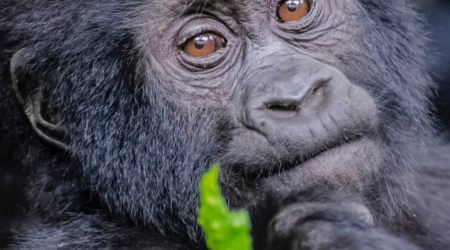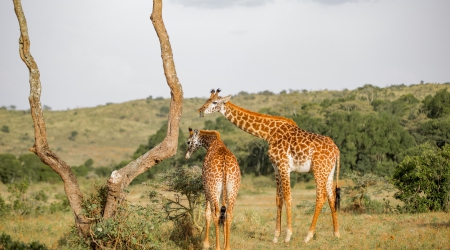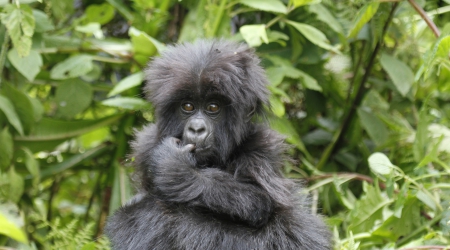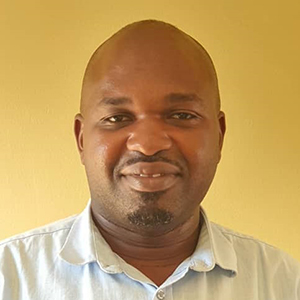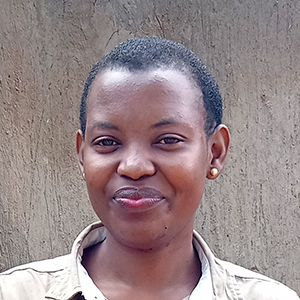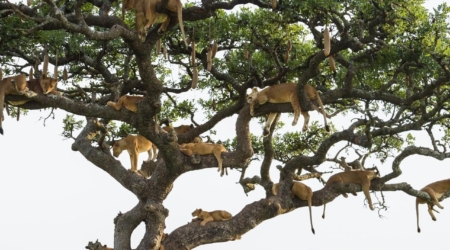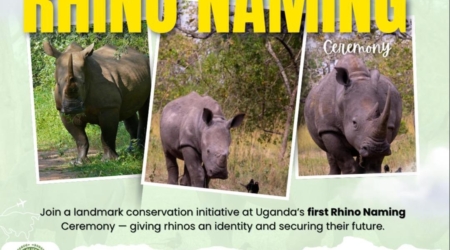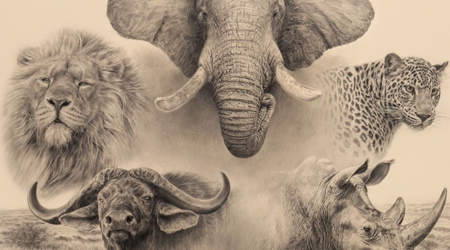Coffee tourism in Uganda has entered a defining phase. Recent infrastructure investments, national events, and community-led programs have created a new value chain that connects producers, processors, and even tourists.
Traditionally known for high-quality Robusta and mountain-grown Arabica, Uganda has now positioned coffee as both a consumable and a travel experience.
Farm visits, cupping sessions, harvesting demonstrations, and roasting trials are only part of the expanding catalogue.
In May 2025, the inaugural Uganda Coffee Marathon and the commissioning of Africa Coffee Park in Ntungamo marked a shift from isolated farm tours to systematised tourism ecosystems.
If you’re mapping high-potential tourism experiences on the continent, Uganda’s coffee sector now warrants serious inclusion.
It combines hospitality, agricultural education, wellness, sustainability, and destination development in one integrated format.
Coffee in Uganda (Roots, Regions, Varietals)
Coffee entered Uganda through two separate agricultural traditions that later converged into one national industry.
Indigenous Robusta trees were first cultivated around the Lake Victoria basin, while Arabica was introduced in the early twentieth century through trade routes from Ethiopia and Kenya.
These parallel origins established Uganda as a producer of both species, a rare distinction within Africa.
By the 1950s, organised cooperatives such as Bugisu Cooperative Union and Banyankole Kweterana Union were already exporting coffee through Mombasa Port.
Post‑liberalisation in the 1990s, smallholder farmers became the backbone of the sector.
Today, more than 1.7 million households depend on coffee as their primary source of income, according to Uganda Coffee Development Authority data.
The main production zones are geographically distinct. Eastern Uganda, particularly Mbale, Kapchorwa, and Sironko, produces Arabica on the slopes of Mount Elgon at altitudes between 1,500 and 2,300 metres.
The volcanic soils and consistent rainfall yield the well-known Bugisu Arabica. Western Uganda, especially Kasese, Bundibugyo, and Bushenyi, grows both Arabica and Robusta, influenced by the Rwenzori ranges and the Albertine Rift system.
Central Uganda, including Masaka, Mpigi, and Wakiso, sustains Robusta farms within mixed agroforestry systems, while Northern districts such as Lira and Gulu are slowly expanding into new Robusta zones.
Each region supports tourism differently through demonstration farms, cupping centres, and cooperative tours.
Uganda’s principal varietals include SL14, SL28, Nyasaland, and native Nganda Robusta. These cultivars adapt to varying altitudes and microclimates, offering cup profiles ranging from sweet chocolate to mild citrus.
Besides its economic role, coffee defines social interaction and cultural exchange.
In some communities, roasted beans are offered to tourists before a formal discussion. Such customs form the human core of the tourism experience, giving every visit cultural depth beyond agricultural learning.
As a professional exploring Uganda’s tourism prospects, you will notice that these traditional production zones provide the geographical base upon which modern coffee tourism is being built.
Understanding this origin story clarifies how the present-day developments, Africa Coffee Park and the Coffee Marathon, draw legitimacy from a century of farming tradition.
Africa Coffee Park & Value-Addition Infrastructure
Africa Coffee Park is a 150-acre development located in Ntungamo District, South Western Uganda. It functions as a central facility for coffee processing, packaging, education, and tourism integration.
The park is a public-private initiative anchored by Inspire Africa and supported by the Uganda Coffee Development Authority.
It was commissioned in 2025 as a response to Uganda’s National Coffee Roadmap, which targets production of 20 million 60-kilogram bags per year by 2030.
Its facilities include a fully mechanised freeze-drying plant, an instant coffee line, a capsule manufacturing unit, and an R&D division for product formulation.
There is also space dedicated to coffee-based beauty products, energy drinks, and ready-to-serve beverages. These functions are intended to retain more value within Uganda’s borders.
In addition to its industrial role, Africa Coffee Park incorporates visitor-oriented infrastructure.
These include a coffee interpretation centre, guided tours, training classrooms, and coffee tasting lounges.
The site is being positioned to host domestic and international delegations, student visits, and leisure tourists.
Uganda Tourism Board and UCDA have expressed plans to embed it within national product packaging.
You may want to consider the location’s potential for site-based events, conferences, and media coverage.
The scale, accessibility, and thematic clarity of the park make it a foundational site within Uganda’s new coffee tourism corridor. It gives organisers, tour operators, and event planners a physical anchor around which to build itineraries and promotions.
The Coffee Marathon
Uganda hosted its inaugural Coffee Marathon on May 24, 2025, in Ntungamo District. The event began and ended at Africa Coffee Park, drawing both domestic and regional attention.
Runners participated in five categories: 5 km, 10 km, 21 km, 30 km, and 42 km.
The route passed through coffee-producing communities, linking Lake Nyabihoko, Rwashamaire, and the adjacent subcounties.
This route selection ensured visibility of farms, factories, and village centres.
The marathon was held under the theme “Uplifting the Rural Coffee Woman Out of Poverty”, recognising the central role women play in Uganda’s coffee value chain.
Over 50,000 participants registered, with a prize purse of UGX 116 million. Public figures such as Stephen Kiprotich and Dorcus Inzikuru, along with musicians like Bebe Cool and Diamond Platnumz, were in attendance.
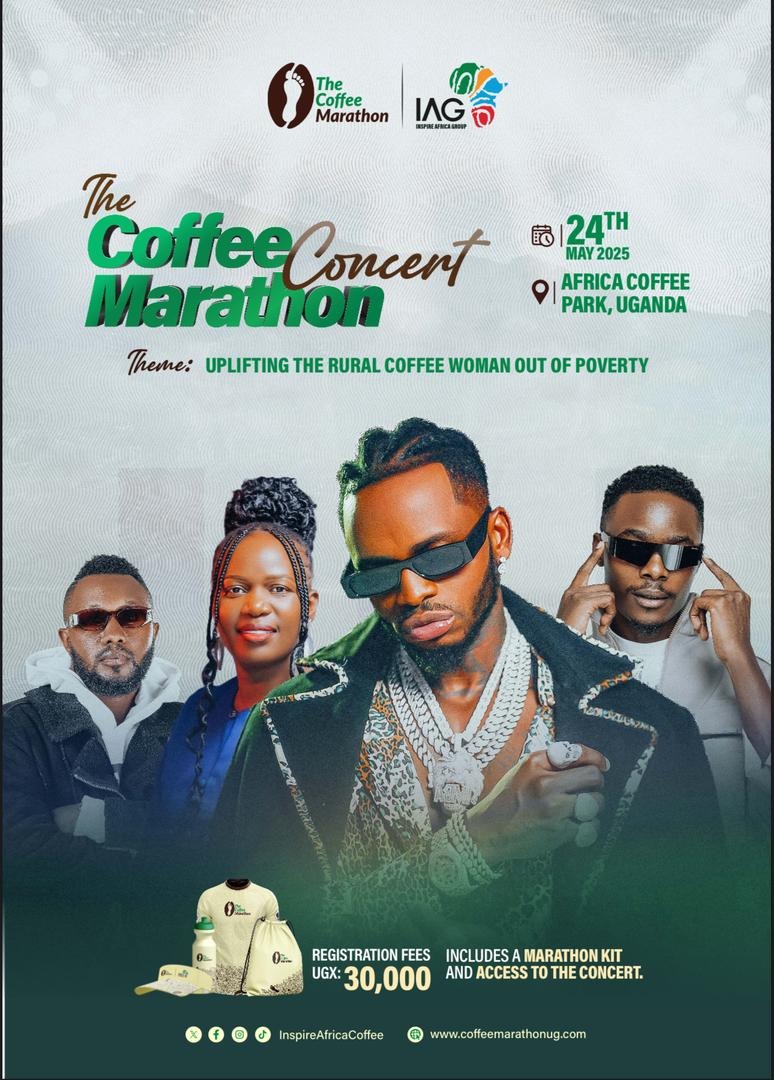
In addition, the event included a coffee trade expo, barista competitions, youth forums, and a community exhibition area.
Tourists were able to book two-day packages that combined race participation, farm visits, and local accommodation.
The Uganda Tourism Board and Inspire Africa supported cross-sector promotion to position the event within national destination marketing.
You may want to keep an eye on this event’s next edition. It presents an annual opportunity to synchronise tourism campaigns with high-footfall periods.
In addition, its hybrid identity —part athletic, part cultural, part commercial —allows for diverse packaging by tour operators, wellness brands, and coffee distributors.
Tours & Experiences in Light of New Developments
Coffee tourism in Uganda has historically relied on farm-level activities. These included selective picking, depulping demonstrations, manual drying, and introductory roasting sessions using traditional techniques.
Such formats provided an entry-level interpretation of coffee processing.
However, the current ecosystem allows for a more comprehensive tourism product by linking rural farms to national processing infrastructure under one itinerary.
This evolution has expanded both content and commercial viability.
Tourists can now begin with cultivation and harvesting at origin farms in Kapchorwa, Bushenyi, or Kasese.
From there, they move along the value chain, observing fermentation tanks, parchment drying, and quality grading in community microstations.
Local guides explain concepts such as Brix testing, defect sorting, and density separation.
At Africa Coffee Park, these activities continue into value-added stages. Guests tour a freeze-drying line, capsule filling section, and sensory laboratory.
Here, they witness roasting curves, aroma classification, and packaging procedures used for export products. A trained host from Inspire Africa or UCDA typically conducts technical walkthroughs.
This format transforms a farm tour into a supply chain immersion. It allows itinerary developers to offer complete experiences. This is from agricultural production to branded retail packaging.
It also integrates well with culinary experiences, barista training, and conference tourism.
Coffee Tourism Destinations & Routes
Several coffee-producing regions in Uganda have organically developed into tourism destinations. These areas offer proximity to farms, favourable altitudes, and accessible community engagement opportunities.
Eastern Uganda
The Elgon subregion, including Mbale, Sironko, and Kapchorwa, offers Bugisu Arabica farms above 1,500 metres.
Tourists can engage in farm walks, cherry picking, and cupping sessions organised by farmer cooperatives. The presence of Sipi Falls nearby strengthens accommodation options.
Western Uganda
Areas of Kasese, Bushenyi, Rubirizi, and Ibanda support both Robusta and Arabica cultivation.
The proximity of crater lakes and the Rwenzori range allows for coffee tours to be paired with nature walks and wildlife excursions. Existing eco-lodges often integrate coffee tastings into their menus.
Central Uganda
Covering Mpigi, Luweero, and Wakiso, this area is home to smallholder Robusta farms.
The ease of access from Kampala makes it viable for day tours. Experiences typically involve wet processing visits and home-based roasting demonstrations.
Northern Uganda
While less developed, the northern region is building capacity through the expansion of Robusta in Gulu, Lira, and Arua.
These areas present future investment potential for mobile coffee trails and educational tours focused on agricultural innovation and climate adaptation.
The commissioning of the Africa Coffee Park in Ntungamo District introduces a national-level anchor.
It allows tour operators to consolidate farm visits across the southwest and end at a single processing and interpretation centre.
This shift facilitates multi-day circuits that start on farms and culminate in high-tech demonstrations, packaging activities, and retail exposure.
In addition, the Coffee Marathon route, linking Lake Nyabihoko, Rwashamaire, and surrounding communities, creates a tourism corridor with annual visibility.
Hospitality providers are beginning to develop complementary products such as cycling trails, lakefront accommodation, and cultural performance evenings along the race zone.
People, Community & Inclusion
Coffee tourism in Uganda is fundamentally community-centred.
Smallholder farmers host the majority of experiences. Cooperative leaders serve as guides, and local households provide meals and accommodation.
Women play critical roles across all stages. In many districts, they manage coffee harvesting, sorting, drying, and roasting.
Some cooperatives, such as Bukonzo Joint in Kasese, are led entirely by women and operate certified cupping labs. Others run community cafés and sell roasted beans in local packaging.
Youth-led innovation is also expanding. Groups in Mbale and Ntungamo operate mobile roasteries, offer barista training, and manage social media promotion for rural coffee brands.
In Kapchorwa, university students are helping farmers access basic quality-testing tools and improve traceability practices through QR code labelling.
Coffee tourism in Uganda has created small enterprises around coffee events. These include pop-up markets, crafts, local food services, and event-day logistics during festivals such as the Coffee Marathon.
The visibility of rural participants has opened space for direct-to-consumer relationships and agro-processing at the household level.
If your role involves tourism strategy or partnership development, pay attention to this layer. It shapes visitor impressions, directs income flows, and determines whether tourism outcomes align with community priorities.
It is important to note that strong outcomes rely on shared ownership, not just infrastructure delivery.
Investments, Sustainability & Challenges
Uganda’s coffee tourism system is attracting coordinated investment across agribusiness, hospitality, and community enterprise. The Africa Coffee Park itself is a public-private investment led by Inspire Africa, supported by UCDA and regional stakeholders.
In addition, domestic tour operators are bundling experiences into new commercial products. Youth cooperatives are applying for small grants through platforms like the Agricultural Cluster Development Project to expand roasting capacity and guest services.
Environmental sustainability is becoming integral to tourism operations. Many farms follow agroforestry models, intercropping coffee with bananas, shade trees, or native species. These systems promote erosion control, soil retention, and crop diversity.
Moreover, some cooperatives integrate organic certification schemes. They use natural pest management, composting, and soil improvement practices documented for inspection. These profiles enhance tourism value while complying with specialty market standards.
On top of that, there are explicit delivery constraints. Rural access roads often delay group movement. In some zones, mobile connectivity is limited, affecting coordination between guides and operators. Power supply is irregular in parts of Gulu, Bundibugyo, and Sironko.
Capacity remains uneven across the sector. Some guides lack formal interpretation training. Others struggle with pricing consistency or visitor safety planning. There is also a limited understanding of product diversification beyond farm tours.
If you are advising or funding sector programmes, you’ll want to explore how governance frameworks interact with tourism delivery. Current oversight falls between tourism, agriculture, and local government offices. Coordination and licensing vary sharply by district.
Efforts are underway to harmonise roles under the Tourism Act and the National Coffee Policy. However, more clarity is needed at the implementation level to align permits, marketing mandates, and community representation.
Conclusion
Uganda’s coffee tourism framework now operates across multiple levels. It incorporates farm-based learning, value-addition infrastructure, annual event circuits, and nationally positioned interpretation facilities. Each component serves a distinct tourism function.
Together, these elements reflect a maturing destination product. The sector aligns agriculture, hospitality, and community enterprise within defined routes and hosted programs. Its continued relevance will depend on policy alignment, commercial packaging, and consistency in delivery standards across regions.

